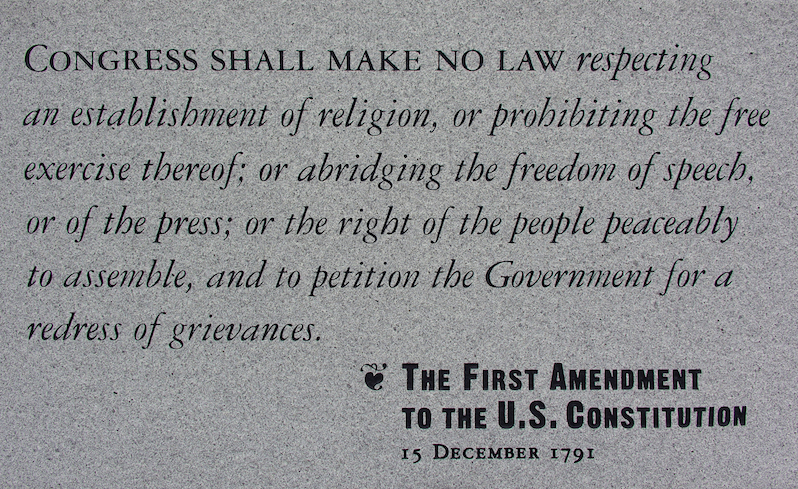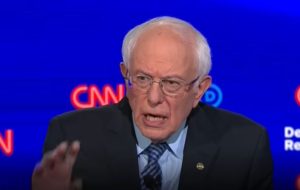How Donald Trump, Hillary Clinton and Hulk Hogan Threaten Freedom of the Press
The power elites that rule America are threatening the First Amendment again—and the assault is not coming just from government agencies. The First Amendment is one of the 10 amendments that make up the Bill of Rights. (Ed Uthman / CC BY-SA 2.0)
1
2
3
The First Amendment is one of the 10 amendments that make up the Bill of Rights. (Ed Uthman / CC BY-SA 2.0)
1
2
3
This year, we’re all on shaky ground, and the need for independent journalism has never been greater. A new administration is openly attacking free press — and the stakes couldn’t be higher.
Your support is more than a donation. It helps us dig deeper into hidden truths, root out corruption and misinformation, and grow an informed, resilient community.
Independent journalism like Truthdig doesn't just report the news — it helps cultivate a better future.
Your tax-deductible gift powers fearless reporting and uncompromising analysis. Together, we can protect democracy and expose the stories that must be told.
Dig. Root. Grow. Cultivate a better future.
Donate today.






You need to be a supporter to comment.
There are currently no responses to this article.
Be the first to respond.